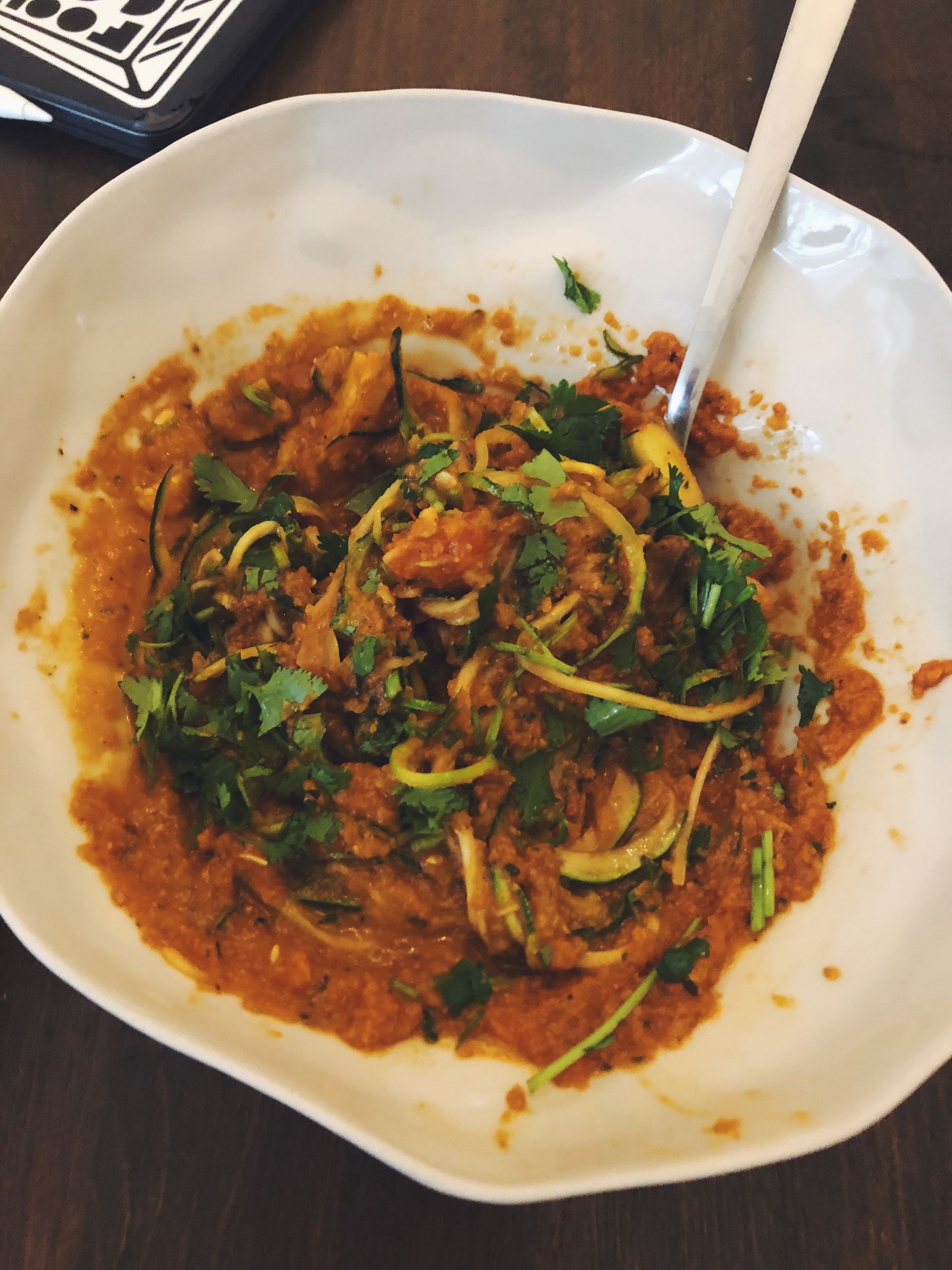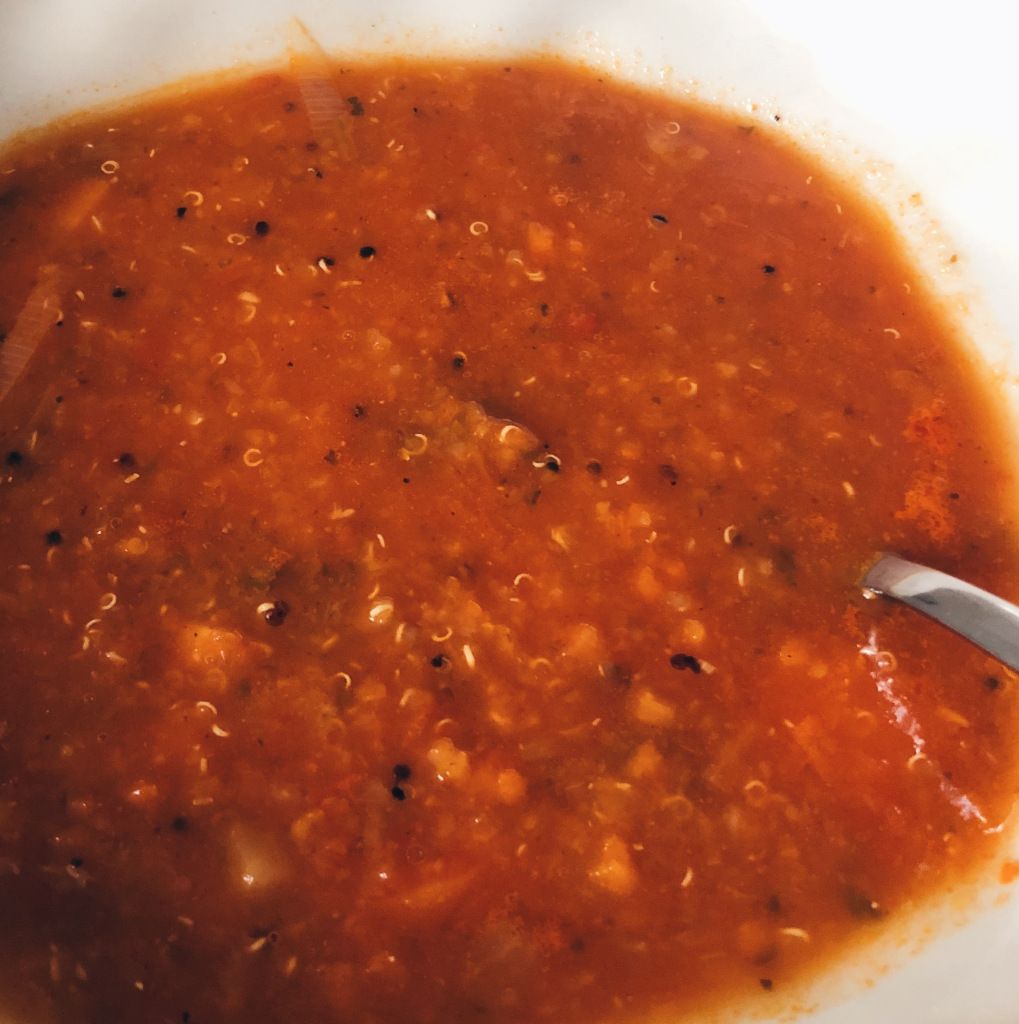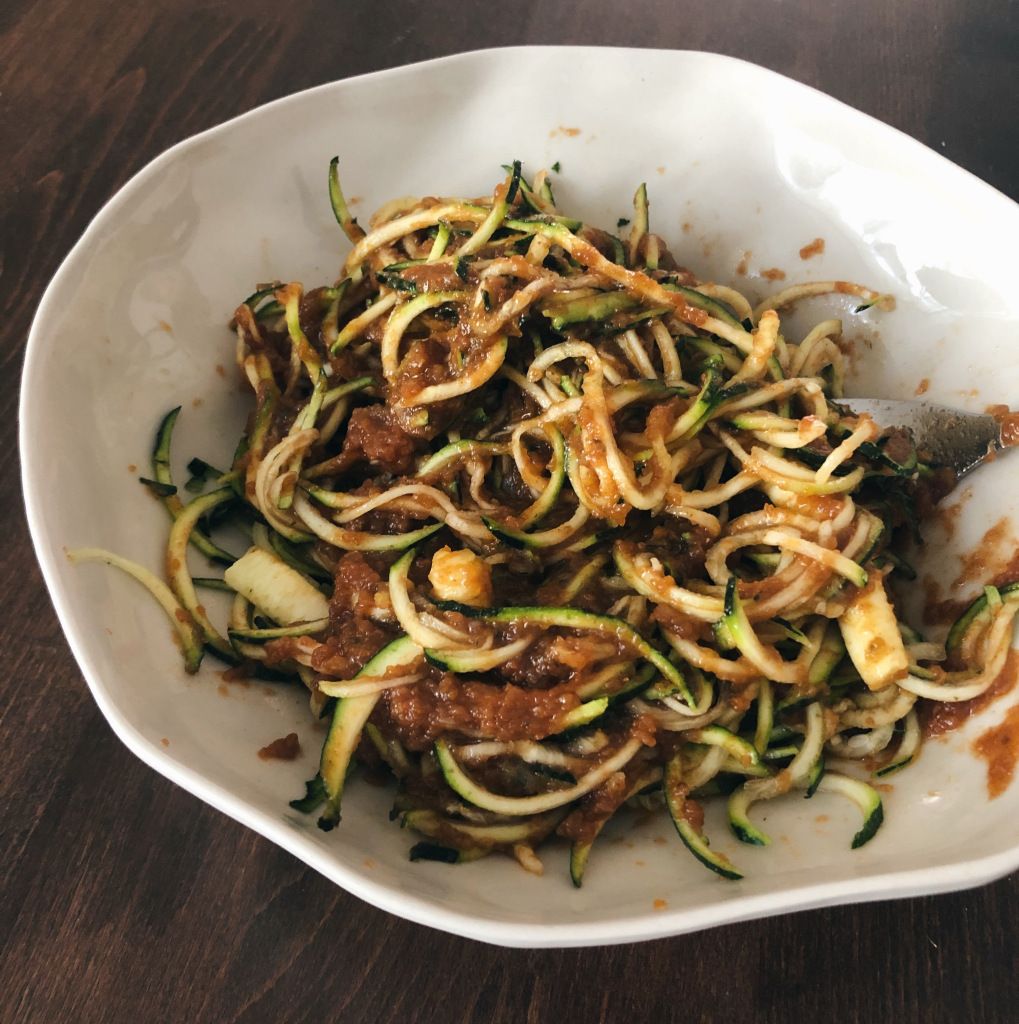Starving to Health: 5 Days on the Fasting-Mimicking Diet (+ DIY Template)

Disclaimer: I’m not a medical professional and this is not medical advice.
This post is a summary of my personal experience and my best understanding of the science behind it.
Before committing to any diet do your own research and consult with your doctor.
After reading Dr. Valter Longo's book "The Longevity Diet", my girlfriend asked me if I’d be interested to try the Fasting-Mimicking Diet (FMD).
The promise: Restrict your calories for 5 days to improve your health.

I said ‘yes’ and we gave it a try.
Fasting-Mimicking Diet: Starving to Health
Before diving into our experience it helps to clarify a few key concepts:
What Is the Fasting Mimicking Diet and How Does it Work
Here's the 2-minute summary:
- Why: Improve metabolic markers/risk factors to increase healthy lifespan
- How: 1 FMD cycle = 5 consecutive days of restricted feeding (~25-35% of normal calorie needs)
- What: Macro-nutrient composition: ~ 10% protein / 45% fat / 45% carbohydrates
- Who: Popularized by Dr. Valter Longo via his book ‘The Longevity Diet’ and a series of clinical studies (e.g. “Fasting-mimicking diet and markers/risk factors for aging, diabetes, cancer, and cardiovascular disease”)
From the research paper:
Calorie restriction or changes in dietary composition can enhance healthy aging, but the inability of most subjects to adhere to chronic and extreme diets, as well as potentially adverse effects, limits their application.
As a result, Dr. Longo developed FMD to increase adherence to a calorically-restricted diet. The patient still gets to reap the benefits of autophagy.
Autophagy: “Healthy Auto-Cannibalism”
Autophagy ‘is the natural, regulated mechanism of the cell that removes unnecessary or dysfunctional components.’
Ketosis: Say ‘Hi’ to Your New Metabolic State
Ketosis is a metabolic state characterized by elevated levels of ketone bodies in the blood or urine. [1] Physiologic ketosis is a normal response to low glucose availability, such as low-carbohydrate diets or fasting, that provides an additional energy source for the brain in the form of ketones.
During FMD you should enter nutritional ketosis.
It means that your body switches its energy source from glucose to ketones.
Prep and Planning: Helpful Steps Before Starting FMD
“By failing to prepare, you are preparing to fail.” ― Benjamin Franklin
FMD is a complex diet, since its components are interconnected and have a small margin of error:
Calorie count
- Day 1: 10-16 calories per kg of body weight
- Days 2-5: 7-11 calories per kg of body weight
Macro composition (protein/fat/carbs)
- Day 1: 10% | 56% | 34%
- Day 2-5: 9% | 44% | 47%
Measurement
- If you want to know what is actually going on and if the diet is effective you need to measure.
- The more the better. Weight, body composition (body fat %, lean body mass, etc.), blood glucose levels, ketone levels, etc.
Energy levels
- Your energy levels are changing due to an adaptation in metabolism
All of the above need prep and planning.
Meal Planning
There are at least 2 ways of doing FMD:
- Pre-made: Buying pre-packaged meals from Prolon
- DIY: Create your own meal plan.
We decided to create our own meal plan since it was cheaper and arguably tastier. We pre-planned our meals in a google sheet (copy the sheet to create/use/edit your own version).
The planning sheet consists of 4 main areas:
- Master sheet: Enter bodyweight to calculate your daily calorie + macro targets.
- Ingredients: List of ingredients and their nutritional values. This sheet is used to feed data into the meal plans.
- Meal plans: For each day of the diet we would come up with a recipe (see gif below) to arrive as close as possible at the caloric/nutritional target values.
- Measurements: Sheet to record measurements. In our case, it was primarily data from our smart scale, the glucose-measuring device, and a set of ketone strips.

Since it was two of us, we had to enter caloric target values for both.
Example: 100g of salad = 43g for person 1 and 57g for person 2.
Food
We ate the following:
- Vegetable Stews/Soups: Easy to prepare in batch. Large amount of food/volume while low in calories.
- Olives & Olive Oil: Quick and easy way to hit your fat target.
- Nuts: Snack full of good fats and proteins.
- Vegetable Salads: Spinach + Broccoli + Avocado + Dressing // Helps to change up the taste palette.
- Sugar & Honey: You can add a couple of grams of sugar to the meals in order to hit your carb target.
We supplemented omega-3 fish oil, magnesium, green superfood powder, and glycerol in accordance with FMD.
Measurement
If you don’t want to ‘fly blindly’ you should measure certain markers to get a quantifiable measure of your diet’s success (or lack thereof).
We used 3 tools to get our measures:
- Smart scale: Body weight; body fat %; visceral fat; lean body mass; etc. // Overall it feels like the scale we have is not 100% precise since body fat seems to be a function of body weight, but at least you can get a directionally-correct indicator.
- Blood glucose measuring device: Pricking your finger in the morning is fun.
- Ketone strips: Shows if ketone levels in your urine exceed 0.5 mmol/l – if so, it means you entered nutritional ketosis.
Timing
Since we wanted to avoid an energy dip during the work week we decided to start the 5-day cycle on a Saturday.
It was a good choice.
The Diet: A Round Trip Experience in Metabolic Function
We noticed a couple of things during our 5-day FMD cycle.
Days 1 & 2: Low Energy Levels and Mild Headaches
Days 1 and 2 were kind of tough.
I started having a mild but persistent headache, which was most likely caused by caffeine withdrawal. Usually, I drink 1-2 cups of filter coffee per day.
Update after FMD #2: I still had a faint headache over the first days. Not sure if it is the coffee or something attributed with losing a lot of water during FMD.
During the diet, we switched over to tea (rooibos tea; herbal teas) and decaf coffee. Mix decaf coffee with MCT/Coconut oil and a pinch of sea salt and it tastes like a bullet-proof coffee. At least you have a tasty substitute for the real thing.
We noticed a gradual decline in energy over the course of the first 48 hours. Regular tasks (housekeeping; cooking; etc.) were easy but anything involving physical activity (extended walks; climbing stairs; etc.) was noticeably more difficult. We decided to stay in, watch TV shows, and take it easy.
Mentally or physically taxing activities are more challenging while you haven't entered nutritional ketosis.
Days 3 – 5: Ketosis and Newly-Found Energy
At around 36-48 hours into the diet, both of us noticed a change. We felt more focused, less hungry, less tired.
According to our ketone levels, we had entered nutritional ketosis. All in all, it felt much better than expected and we didn’t really have food cravings.
On day 5 it started to get boring.



Day 6: Easy Refeeding
After the diet, you are supposed to start easy with broths and simple foods (pasta; potatoes; etc.) to not overload your digestive system.
Things to keep in mind on refeeding day:
- Don't consume more than 10g of sugar
- Avoid meat
Bottomline: FMD Is Easy Enough for Regular Dieting
- Adherence to diet: I found it helpful to do FMD with someone else. It motivates you and helps you stick to the plan.
- Short-term benefits: Both of us recorded some weight loss and it is an interesting exercise from a mental perspective.
- Learnings for next round: Next time around we will do blood work before and after FMD to evaluate the impact on additional health markers.
Since both of us are healthy the recommendation for FMD would be to do 1-2 cycles per year. We can see ourselves doing it each January – after the holiday season and at some point during the summer.
It’s easy/short enough to do it on a regular basis.
We will do it again.
We did a second round right after New Year and it was a good way to dial down the excess of the holiday season :)
The second round felt easier physically since we knew what to expect but boredom with the protocol set in way earlier (around day 3/4). Nonetheless, we will continue to do FMD in regular intervals.
We recorded weight loss and visible reduction in abdominal fat. Unfortunately we couldn't get the blood work in time and an IGF-1 marker test does not seem to be standard-issue at least with my doctor in Germany. We will explore our options and try to get before/after blood work for the next rounds.
Right after the long holiday season, we decided to do another round of FMD to purge our culinary sins and have a mental reset. More so to establish a healthy relationship to portion sizes ;)
Similar to our second round of FMD, we felt that adhering to the protocol got easier through knowing what to expect.
This time around we simplified the meal prep even more and decided to stick with the same vegetable stew throughout all 5 days and adjust the olive and nut snack components accordingly. It made meal prep much easier but it also meant that we were eating exactly the same meal for 5 days in a row. This gets boring.
⚠️ Pro tip: Once the vegetable stew/soup is cooked you can blend it. That way you extract even more flavors. Every little helps.
Further Reading/Listening:
- Valter Longo, Ph.D. on the Fasting-Mimicking Diet & Fasting for Longevity, Cancer & Multiple Sclerosis: Interviewed by Dr. Rhonda Patrick. Good primer for FMD.
- Dr. Valter Longo on Resetting Autoimmunity and Rejuvenating Systems with Prolonged Fasting & the FMD: Round #2 with Dr. Rhonda Patrick.
- The Tim Ferriss Show Transcripts: Dom D’Agostino — The Power of the Ketogenic Diet (#172): Solid introduction into the Ketogenic diet. Not specifically about FMD.
- Fasting Mimicking Diet Do-It-Yourself Guide: Great write for DIY meal prep.
- Mimicking the Fasting Mimicking Diet – My 5-Day Experiment: Good reference for tools and resources for DIY FMD.
- My Body Ate Itself for 5 Days: My girlfriend's personal account about our DIY FMD diet.
Tools/etc
- Our FMD google sheet: Copy it to adjust to your specific use case.
If you have any questions, feel free to ping me on Twitter.





